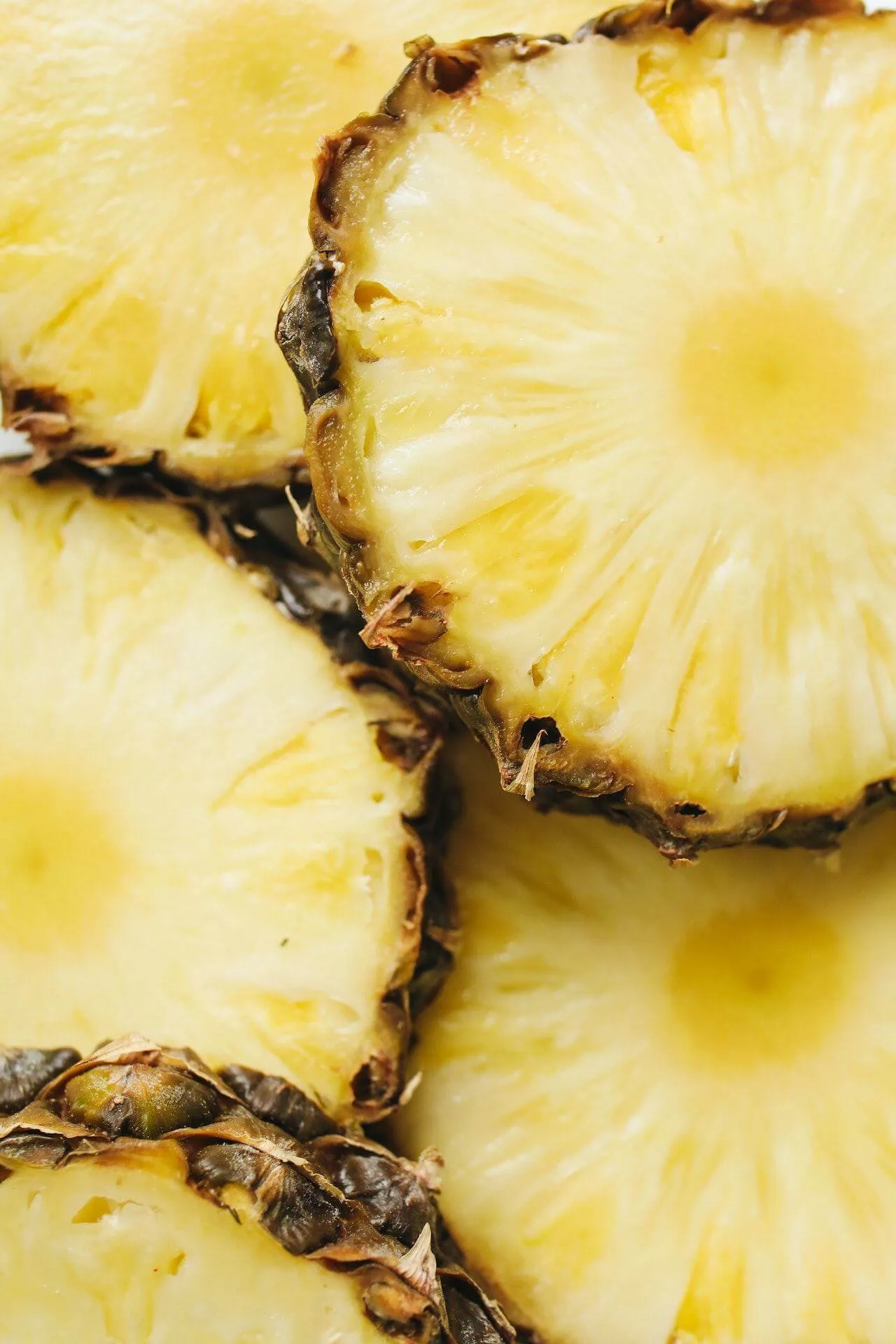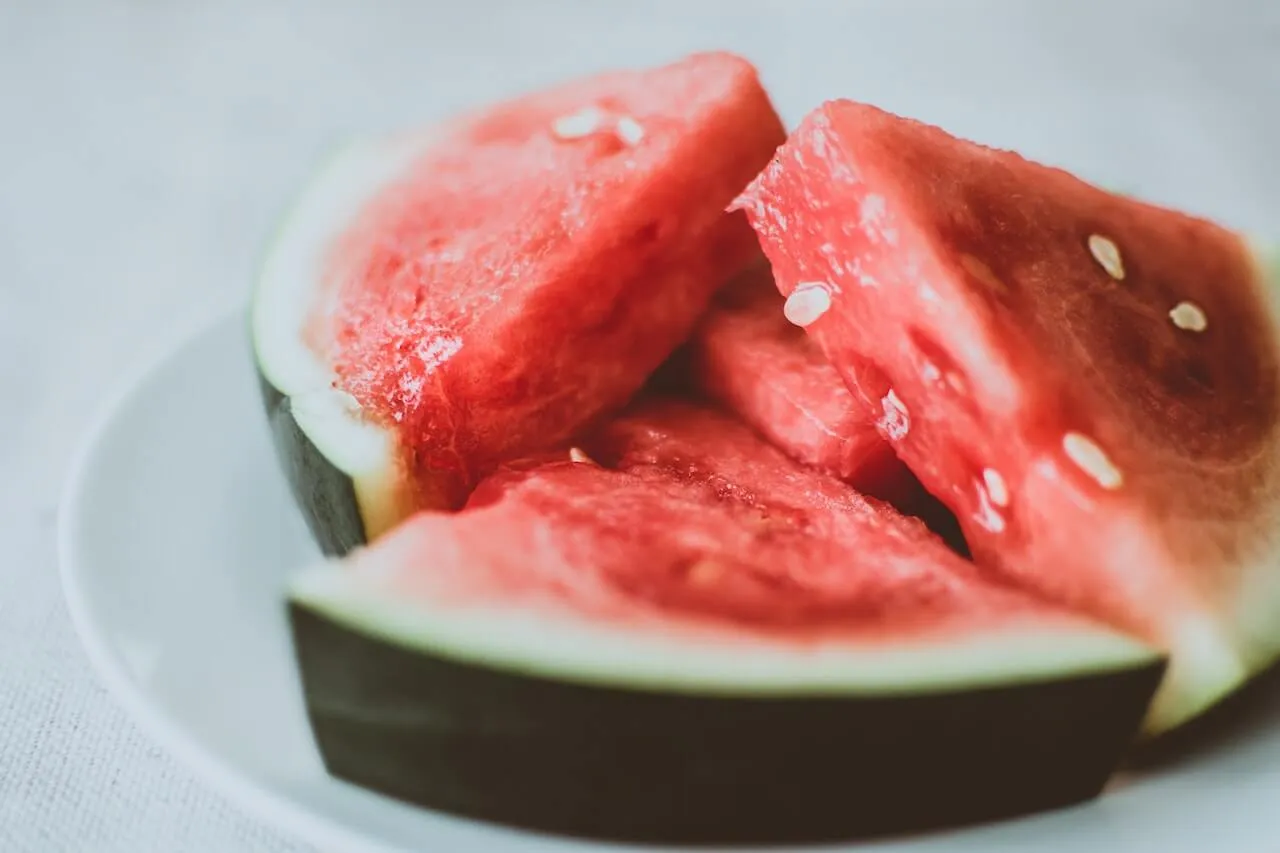Key Takeaways
- Mangos are rich in essential nutrients like fiber, vitamins, and antioxidants.
- Mangos are a low-GI food, meaning their impact on blood sugar is moderate compared to high-GI foods.
- While mangos contain natural sugars, their fiber content helps slow sugar absorption, reducing the risk of blood sugar spikes.
- Portion control is key to enjoying mangos without negatively affecting blood sugar—stick to a single serving, like half a cup of diced mango.
- Pairing mangos with food choices that contain protein or healthy fats, such as nuts or yogurt, can further stabilize blood sugar by slowing digestion.
{{mid-cta}}
Mangos (often called the king of fruits) is a tropical fruit loved for its juicy sweetness, vibrant color, and impressive nutritional benefits. Packed with essential vitamins, minerals, and fiber, this fruit is as healthy as it is delicious. However, the natural sugar content leaves some wondering how the fruit impacts blood sugar levels and whether they can eat mangos, especially for those living with type 2 diabetes or prediabetes.
The glycemic index (GI) offers insight into how foods affect blood sugar, and understanding where mangos fall on this scale can help you enjoy them mindfully. Whether sliced fresh, blended into a smoothie, or added to a dish, mangos can be a healthful and satisfying addition to your diet. This article dives into the glycemic index of mangos, their effects on blood sugar control, and practical tips for making the most of this tropical treat.
Mango Nutrition Facts

Here are mangos’ nutrition facts you should know before digging into these tropical delights. One cup (165 grams) of mango contains:1
- Calories: 99kcal
- Carbohydrates: 24.8 grams
- Fat: 0.627 grams
- Protein: 1.35 grams
- Sugars: 22.6 grams
- Fiber: 2.64 grams
- Magnesium: 16.5 milligrams
- Potassium: 277 milligrams
- Folate: 71 micrograms
- Copper: 181 micrograms
A whole mango meets 20% of your dietary fiber needs, making it a good choice to support weight loss. High-fiber foods take longer to pass through your digestive system, keeping you feeling fuller longer and reducing the urge to snack between meals.
Mango also has a healthy dose of folate. This nutrient is crucial during pregnancy to avoid neural tube defects in the developing baby. Additionally, mangos provide copper, a trace mineral vital for making blood vessels and connective tissues and producing energy.2, 3
<p class="pro-tip"><strong>Learn more: </strong> <a href="/blog/honey-glycemic-index"> All About Honey Glycemic Index and How It Compares to Sugar</a>.</p>
Mango, Cholesterol, and Obesity
The fiber and antioxidant content of mangos may help support healthy cholesterol levels and weight management. Fiber aids in weight control by slowing digestion and improving feelings of fullness, reducing the likelihood of overeating or snacking on less nutritious options.4
Beyond weight management, fiber also has a role in supporting healthy cholesterol levels. Fiber can bind to cholesterol in the digestive system, helping to eliminate it from the body before it’s absorbed into the bloodstream. Studies indicate that fiber-rich diets are linked to lower LDL cholesterol levels, often called “bad cholesterol,” which increases the risk of heart disease.5
Interestingly, research has shown additional benefits for mango consumers. A study using data from the National Health and Nutrition Examination Survey (NHANES) found that people who regularly consume mangos tend to have better overall diet quality than non-mango consumers. This may be due to the fruit's nutrient density and versatility in a variety of dishes, encouraging healthier dietary patterns.6
Mangos, Prediabetes and Diabetes
Like all fresh fruit, Mangos can play a role in a healthy diet for individuals with prediabetes or diabetes. However, portion control and balance are key to ensuring their benefits without negatively impacting glycemic response.
On one hand, mangos contain a significant amount of natural sugar, which can cause a spike in blood sugar if consumed in large quantities. On the other hand, mangos are also a good source of dietary fiber, which helps slow the absorption of sugar into the bloodstream. This moderating effect can reduce the likelihood of sharp blood sugar spikes.
Mangos also contribute essential vitamins, minerals, and antioxidants to the diet, like vitamin A and vitamin C, which have other health benefits and may reduce complications associated with high blood sugar.
If you have diabetes, your healthcare provider or registered dietitian nutritionist (RDN) can help you determine the right portion size for your body.
Mango’s Impact on Blood Sugar
Mangos may positively influence blood sugar management, making them a beneficial choice for many individuals looking to maintain balanced glucose levels. One small study highlighted how adults with obesity experienced lower blood glucose levels after consuming 10 grams of ground, freeze-dried mango pulp daily for 12 weeks.7
Another study compared the effects of fresh and dried mango on blood sugar levels. This study found that fresh mango increased feelings of fullness reduced the desire to eat, and contributed to better post-meal glucose control. While dried mango was less effective than fresh mango in lowering blood sugar, it still performed better than high-GI foods like white bread, showing its potential as a smarter snack option.8
These findings demonstrate that choosing mangos, particularly fresh ones, as part of your snack or meal may support blood sugar. Pairing mangos with a protein or healthy fat source, such as yogurt or nuts, can further enhance their impact by slowing sugar absorption.
Glycemic Index of Mango
The glycemic index (GI) and glycemic load (GL) are measurements that tell you how carbohydrate-based foods will impact blood glucose levels. Understanding the GI and GL of different foods can help you make informed decisions about what to eat.
Even though mangos are healthy, they will impact your blood sugar, but not as profoundly as you might think. Low GI foods have a score of less than 55. Mangos have a glycemic index option of around 50, making them a low glycemic option thanks to the fiber found in the fruit.9
One cup of mango contains around 22 grams of sugar, which adds to the mango carbs, but this naturally occurring sugar is not the same as added sugar. Added sugar is refined and often used to sweeten processed foods, offering no nutritional value, whereas the natural sugar in mangos comes with fiber, vitamins, and antioxidants.
Examples of foods high in added sugars include:
- Cakes
- Milk chocolates
- Pies
- Cookies
- Candies
- Sodas
Tips to Incorporate Mango Into Your Diet

You can enjoy mangos on their own, or they can also add flavor to other dishes and recipes. Here are a few tips to get more mango benefits into your diet:
Add Into Smoothies
A delicious breakfast smoothie provides energy for the coming day without spiking your blood sugar. Low glycemic options balance protein, healthy fats, and low GI carbohydrates. Try blending almond milk, Greek yogurt, frozen mango, and chia seeds to start your day with a healthy dose of antioxidants and nutrients.
Mix in a Summer Salad
Mango can help balance the flavor of bitter greens like arugula and chard. Dice some mango into your summer salad to balance it with silky sweetness.
Cut and Serve With Other Tropical Fruits
Fruit salad makes a blood sugar-friendly dessert. Mango mixes beautifully with pineapple, guava, kiwi fruit, oranges, and strawberries for a sweet and satisfying taste.
Dice and Add to Quinoa Salads
Mix up your quinoa salad with diced ripe mango; add red onion and pepper for a sweet and spicy tang.
Control Your Portions
Portion control can help balance the natural sweetness of mangos with healthy blood sugar to avoid unwanted spikes.
To minimize mango's effects on blood sugar, stick to a single serving size, such as half a cup of diced mango. You’ll still get the nutritional benefit of fiber, vitamins, and antioxidants without overdoing the natural sugars.
Add a Source of Protein
Protein slows down the digestion and absorption of the sugar found in mango, which can help prevent sudden spikes in glucose.
Combine your mango with protein-rich options such as Greek yogurt, a handful of nuts, or a slice of cheese to get the most out of your snack. These combinations stabilize blood sugar and provide a satisfying and nutrient-packed snack that keeps you satisfied.
The Bottom Line
Mangos can be a nutritious and delicious addition to your diet. By controlling portion sizes and pairing mangos with protein or healthy fats, you can enjoy their natural sweetness without worrying about blood sugar spikes. With mindful choices, mangos can support both your taste buds and your metabolic health.
<p class="pro-tip"><strong>Keep reading: </strong> <a href="/blog/how-glycemic-index-and-glycemic-load-impacts-glucose"> What Is Glycemic Index? Glycemic Load? How Do They Impact Your Glucose</a>.</p>
Using a CGM with Signos: Real-Time Data, Backed by AI
Signos pairs a round-the-clock glucose biosensor with AI trained on tens of millions of data points to deliver personalized, science-backed guidance for weight management and health. See exactly how your body responds, and take action.
Learn how it works. Ready to get started? Join now.
Topics discussed in this article:
References
- .S. Department of Agriculture. (n.d.). FoodData Central: Mango, raw. Retrieved February 3, 2025, from https://fdc.nal.usda.gov/food-details/169910/nutrients
- Centers for Disease Control and Prevention. (n.d.). About folic acid. U.S. Department of Health and Human Services. Retrieved February 3, 2025, from https://www.cdc.gov/folic-acid/about/?CDC_AAref_Val=https://www.cdc.gov/ncbddd/folicacid/about.html
- Office of Dietary Supplements. (n.d.). Copper: Fact sheet for health professionals. National Institutes of Health. Retrieved February 3, 2025, from https://ods.od.nih.gov/factsheets/Copper-HealthProfessional/
- Miketinas, D. C., Bray, G. A., Beyl, R. A., Ryan, D. H., Sacks, F. M., & Champagne, C. M. (2019). Fiber Intake Predicts Weight Loss and Dietary Adherence in Adults Consuming Calorie-Restricted Diets: The POUNDS Lost (Preventing Overweight Using Novel Dietary Strategies) Study. The Journal of nutrition, 149(10), 1742–1748. https://doi.org/10.1093/jn/nxz117
- Soliman G. A. (2019). Dietary Fiber, Atherosclerosis, and Cardiovascular Disease. Nutrients, 11(5), 1155. https://doi.org/10.3390/nu11051155
- Papanikolaou, Y., & Fulgoni, V. L., 3rd (2021). Mango Consumption Is Associated with Improved Nutrient Intakes, Diet Quality, and Weight-Related Health Outcomes. Nutrients, 14(1), 59. https://doi.org/10.3390/nu14010059
- Evans, S. F., Meister, M., Mahmood, M., Eldoumi, H., Peterson, S., Perkins-Veazie, P., Clarke, S. L., Payton, M., Smith, B. J., & Lucas, E. A. (2014). Mango supplementation improves blood glucose in obese individuals. Nutrition and metabolic insights, 7, 77–84. https://doi.org/10.4137/NMI.S17028
- Stamper, C., Safadi, S., Gehr, A., Asuncion, P., & Hong, M. Y. (2023). Effects of fresh vs dried mango consumption on satiety and postprandial glucose in healthy adults. Metabolism open, 19, 100253. https://doi.org/10.1016/j.metop.2023.100253
- ResearchGate. (n.d.). Mango and diabetes. Retrieved February 3, 2025, from https://www.researchgate.net/publication/329120564_Mango_and_diabetes




.svg)










.svg)
.svg)
.svg)
.svg)
.svg)
.svg)
.svg)
